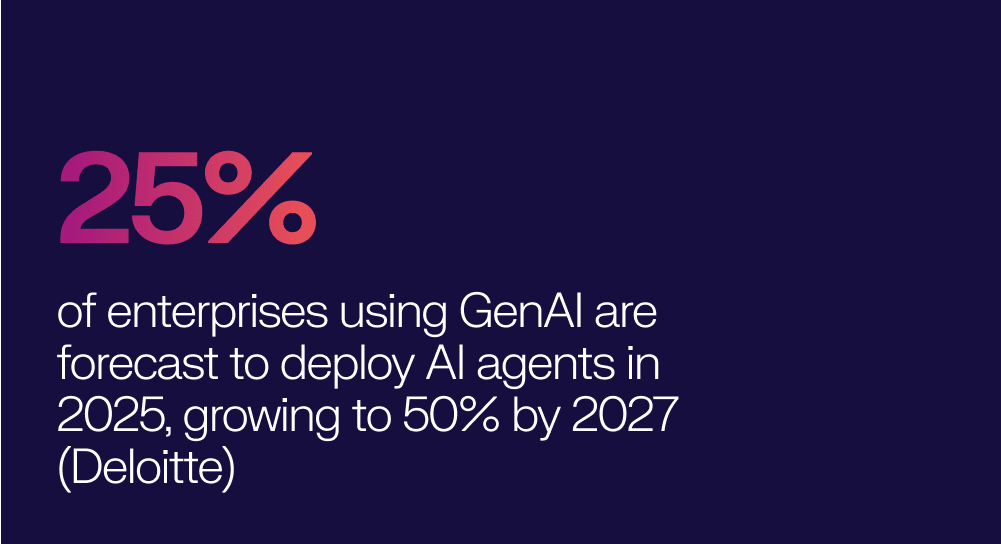The AI-Powered Workforce: Reshaping Organizations For 2025 & Beyond
As we move forward in 2025, the conversation around AI in the workplace is shifting. No longer is the focus on whether AI will replace human jobs, but rather on how AI can augment human capabilities and transform the structure of work itself. How will AI redefine work, along with the role of human potential in an AI-augmented world?
From Pyramid to Diamond: A New Organizational Structure ♦️
The conventional corporate hierarchy – broad at the base, narrowing toward the top – is giving way to a more dynamic, diamond-shaped model. “In a world where AI might not be super smart or reliable, but it can do lots of low-cost tasks, you may not need as wide a pyramid at the bottom of the organization,” Sultan Saidov, Co-Founder and President of Beamery, explained in a conversation with future of work expert Oliver Pickup.
This evolution reflects a fundamental restructuring of work. AI is increasingly handling repetitive, operational tasks, allowing humans to move into more strategic, high-value roles. Indeed, as Sultan notes, “You don’t just have to think about what tasks you are doing today that an agent could do. You have to think about what work would be really valuable in my time in a world where agents are available to me.”
The Rise of AI Agents and Human Adaptability 🤓
The shift toward “agentic AI” – autonomous systems capable of performing complex tasks with minimal oversight – is one of the most significant workplace transformations since the Industrial Revolution. According to Deloitte research, 25% of enterprises using GenAI are forecast to deploy AI agents in 2025, growing to 50% by 2027.

Looking at HR in particular, AI-driven tools are already taking on tasks like interview scheduling and coordination – which aids efficiency, and also frees up HR teams for more strategic work.
Beyond the efficiency gains the department is experiencing, the HR function must actually help their organizations navigate this massive human transformation. This means companies must not only integrate AI effectively, but also ensure that governance structures guide its use responsibly.
Moreover, they need to help roll out new “task taxonomies” – the new framework for looking at tasks and jobs, human skills and AI agent capabilities, and where to most effectively allocate resources. This will likely also involve AI: intelligent systems that can analyze how work is done today, the skills held by existing employees and the wider talent pool, and the changes to work and skills as evidenced by the wider labor market.
As well as quickly and precisely matching the “right people to the right roles”, AI can also pinpoint where certain tasks (elements of jobs) can be automated. With the right AI tools, working with relevant data, businesses will be able to make data-driven “build, buy, borrow, bot” decisions for every real or potential skills gap in the organization – with ease.
Preparing For An AI-Augmented Future 🔮
Looking ahead, the challenge isn’t just technological implementation but human adaptability. As roles evolve, so must education and skills development. Preparing the next generation for an AI-driven world means fostering a mindset of curiosity and adaptability rather than focusing solely on specific technical skills.
“It’s hard to predict what tools you will use [in the coming years], so probably the best thing you could do is encourage a curiosity for finding a passion, which isn’t so much a skill as a mindset that lets you explore what you care about more proactively.” – Sultan Saidov
This perspective underscores a broader reality: as AI reshapes work, human ingenuity, creativity, and problem-solving will be more important than ever.
Balancing Innovation With Human Connection 👥
As AI becomes more embedded in our daily lives, the challenge extends beyond the workplace. The risk of AI-induced isolation – where digital interactions replace human relationships – is growing. While AI can drive efficiency and innovation, businesses must remain intentional about fostering authentic human connection.
AI is not simply a tool for automation but a catalyst for rethinking work itself. The organizations that thrive will be those that embrace AI’s potential while ensuring human purpose remains at the center of innovation. As we enter 2025, the key to success lies in not just adopting AI but in reshaping work in a way that prioritizes human adaptability, governance, and long-term value creation.